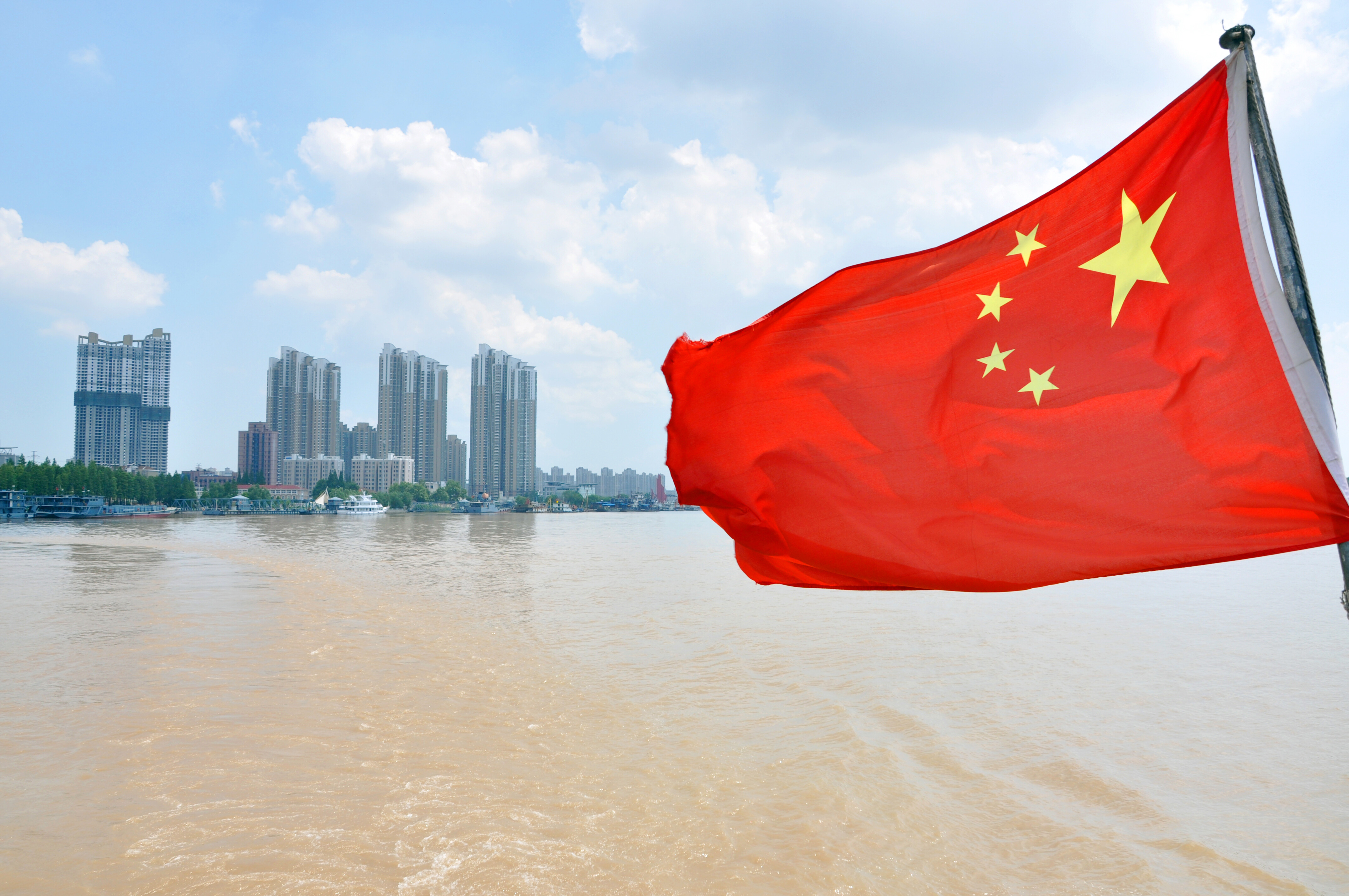Interview with Britain's Ambassador to Peru, James Dauris
With Ambassador James Dauris' four-year spell in Peru drawing to a close LatAm INVESTOR finds out why UK exports and investment to the country are booming...

In your time here as Ambassador what have you done to improve the relationship between Peru and the UK?
The relationship has been growing in strength across the board, with several tangible signs. For example we re-established a National Crime Agency office in Peru to help address some of our shared concerns in security. The British Council is set to reopen its office here, which was closed in 2006 and we have also created an accelerated visa process, which means that Peruvians can now obtain a visa to visit the UK within five working days. There has also been other, perhaps less tangible changes. For example we have helped to change the debate about climate change in Peru, which is especially important in the run up to the COP 20 Summit, which will be held in Peru.

There have also been great strides in trade and investment. Now obviously this isn’t all down to the embassy but we are helping British companies and investors get to know this market. Between 2010 and 2013 bi-lateral trade between the two countries has doubled, while UK exports to Peru are up by almost 100%.
Part of my time as Ambassador is devoted to working with the UKTI team based within the Embassy. We help to promote British companies, write useful reports and help them make the right introductions. We also work closely with UKTI headquarters in London and with the regional offices across the UK. In fact we have a particularly strong relationship with UKTI Northwest.
So where are the opportunities for UK businesses and investors in Peru?
Peru’s recent growth has been very impressive, averaging around 6% per year, and that growth is creating some interesting opportunities. Obviously mining is one strong area. Exports of British mining equipment have increased steadily in the past few years. You also have a fast-growing middle-class here and a number of British retail brands, such as Warehouse, Oasis and Mothercare, are taking advantage by growing their operations in this market.
"Between 2010 and 2013 bi-lateral trade between the two countries has doubled, while UK exports to Peru are up by almost 100%…"
Another strong area is education. One reason is that there is a real appetite to learn English because it is seen as key step for aspiring young people. There is also a real affection for Britain – for example the British Peruvian Cultural Association has more than 50,000 students, which is a real credit to the way that it’s run. There are also lots of British private schools, which are very popular with local families. We should see an increasing British presence in the education here. For example we are seeing joint collaboration projects between Peruvian and British universities. There are also plans for the Peruvian government to fund up to 200 postgraduate courses for Peruvian students in British universities.
Many investors worry about how a ‘Chinese slowdown’ and a further drop in commodity prices would affect Peru; do you think they should be worried?
There’s no doubt that Peru’s main challenge will be to diversify its economy. At present there are lots of new mineral projects coming on line, which means that other sectors will have to grow just to maintain the economic spread that we have at the moment. And of course, achieving this goal of diversification will mean facing several inherent challenges. I have heard Finance Minister Castilla speak about the need for diversification and he has addressed these challenges very frankly. The government knows that education and infrastructure need to be improved to help unlock even more of the Peruvian economy’s potential. And there are encouraging signs on both fronts.

As for a Chinese slowdown, there has been a lot of discussion locally about the fact that China has overtaken the US as Peru’s single largest trading partner. Economists here do wonder what would be the effect of a Chinese slowdown in Peru and there is no doubt that what happens in China will be felt here. Yet it’s important to note that Peru’s trading base is a broad one. Roughly speaking it is split into quarters with approximately ¼ being conducted with regional neighbours, ¼ with the US, ¼ with Europe and ¼ with China. So the portfolio of trade is reasonably well diversified.
You will be leaving Peru soon for another post. How confident are you that British trade and investment in the country will continue to grow.
I am very confident – indeed it is not difficult to be so. I am quite happy to set ourselves a target of doubling bi-lateral trade over the next five years. One reason for this confidence is that Peru is growing quickly with lots of plentiful opportunities across diverse sectors of the economy. Indeed analysis suggests that it will see a lot of growth in areas where UK industrial and services firms are strong. The other reason to be ambitious is that the UK’s share of trade with Peru is too small. At present we represent just 7% of EU trade with Peru and only account for 1% of Peruvian imports. That’s simply not good enough for 6th biggest economy in world.
I talk about this with my counterparts in Chile or Peru and we understand that countries to the west of the Andes can seem a long way of for UK plc. And of course Peru itself isn’t very big on a global ranking. Yet the Pacific Alliance means that British firms coming to Peru can achieve scale by also exploiting neighbouring markets. Moreover Peru is one of best Latin American countries in the World Bank’s Ease of Doing Business rankings. Peru should also benefit from its location as Brazil is looking to use Peru as a gateway to big markets in China.
And finally Ambassador, what will you miss most about the country?
It’s a difficult question because there are so many things that you get fond of here. But if I had to some it up in one word I’d say the colour. It’s a colour you see in diversity of the people, in the range of landscapes from deserts and icy mountain tops to jungle, the colour in food, and in the culture with its ruins and music. Peru is a tremendously colourful country and I’ll miss that.